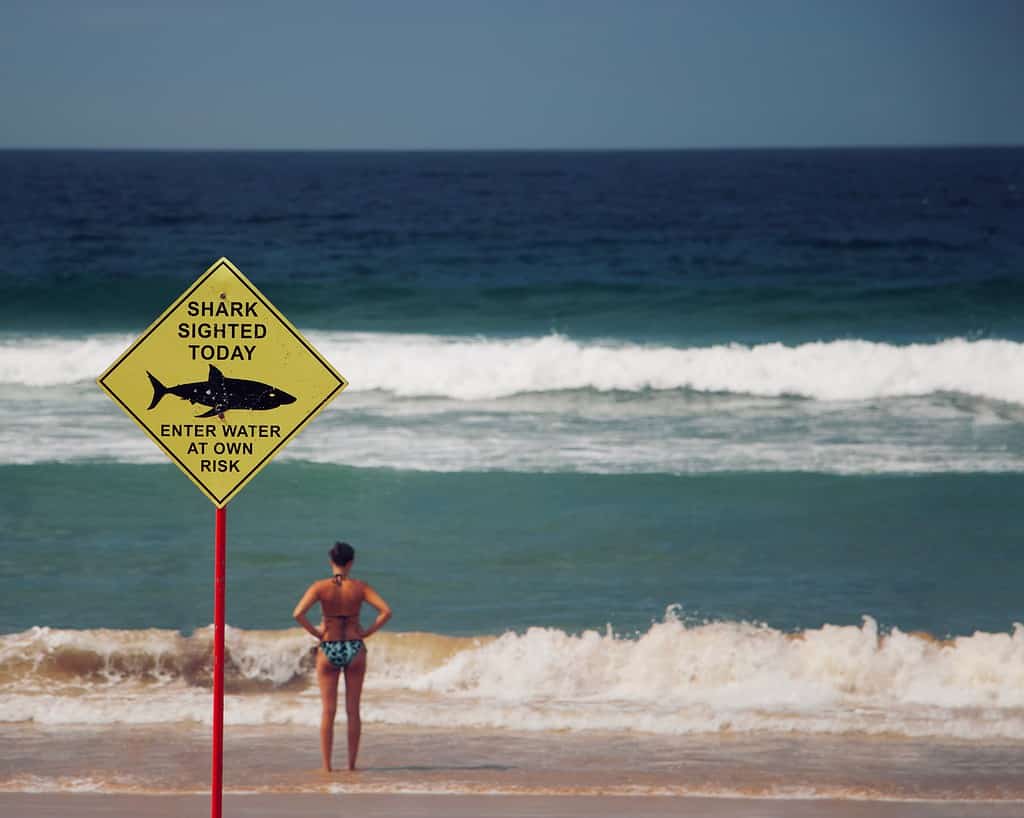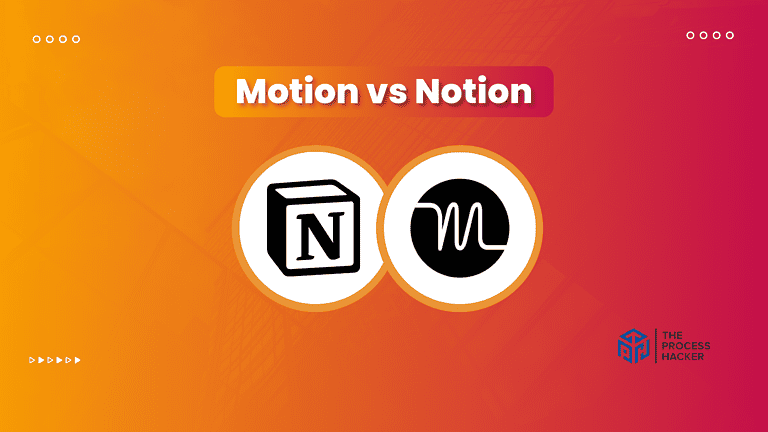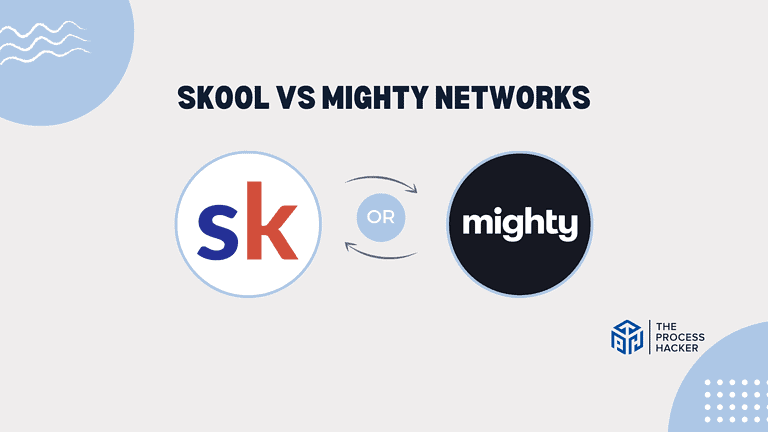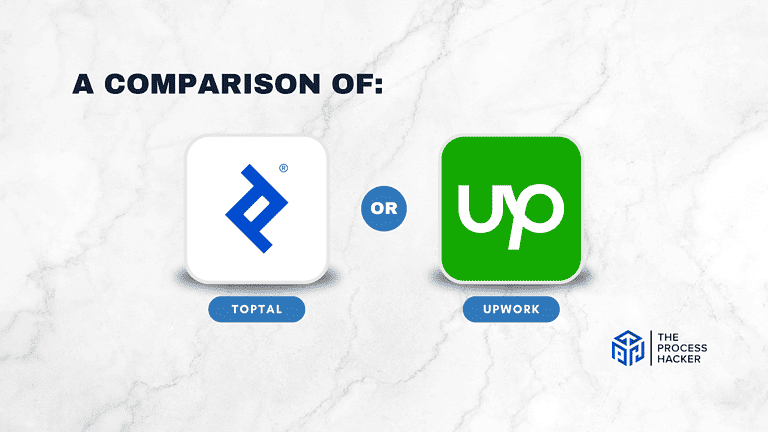How to Make Decisions using Kepner Tregoe
Don’t let your emotions get in the way of rational decision making.
Roy T. Bennett is the author of “The Light in the Heart.” He loves to share positivies thoughts and creative insights to help people live a more fulfilling life.
It’s estimated that the average adult human makes about 35,000 remotely conscious decisions each day. Every single decision we make takes some effort and has an impact on our lives, with consequences that are good and bad. We are faced with endless choices:
- When should I set the alarm?
- Should I snooze my alarm or get up?
- What outfit should I wear today?
- What should I eat for breakfast?
Most of the decisions we make every day have trivial solutions and consequences. However, sometimes we are faced with choices with many competing factors. We can end up agonizing over the different possible answers as these decisions can have a significant impact on our lives, businesses, or vacations.
The Kepner Tregoe Decision Analysis provides a framework to help us make decisions. In the 1960s, Charles Kepner and Benjamin Tregoe developed this structured methodology for gathering, prioritizing, and evaluating information to make a decision.
Below, the post will walk through the step-by-step, systematic Kepner Tregoe Decision Analysis. Based on the decision-making criteria and methodology, we create and evaluate the possible options to help us make a decision and move forward. This method can be useful when there are many potential, conflicting options to consider as well as many possible risks.
Define the Purpose of Making the Decision

State the Decision
First, you have to state the decision that has to be made that would solve your problem in one to a few sentences. This purpose statement should be simple and include the desired result and the action required.
Ask Yourself:
- What is the fundamental problem you are going to solve?
Example: Booking a Hotel for our Vacation
We need to book a hotel in Ocean City for our weekend beach vacation.
Develop Objectives for Making the Decision
Next, you have to develop specific, measurable objectives that support the purpose of making the decision. These objectives can be categorized into strategic requirements (Need to haves), operational objectives (Want to have), and constraints (Limits in the system).
Ask Yourself
- What are the objectives that help you make the decision?
- Are the objectives necessary, practical, and measurable (with Limits)?
Example: Hotel Objectives
We should think about the objectives that our hotel needs to meet, including identifying the Needs, Wants, and Limits:
Strategic Requirements (Needs):
- Must have a gym because we treat our bodies like a temple
Operational Objectives (Wants):
- Low Cost: Minimize how much we will spend per night
- High Rating: Maximize staying at a hotel with a great rating
- Close to Beach: Minimize the distance (miles) between the hotel and the beach
- Close to Boardwalk: Minimize the distance (blocks) between the hotel and the main boardwalk
Constraints (Limits):
- Limiting research to hotels within a 5-mile radius of the city of interest
- Limiting budget to no more than $400 per night for a two-night stay
Weigh the Wants
Next, you have to weigh the operational objectives in order from the most important Want to the least important Want. Assign the weight of the most important Want (10), and designate the weight of the other Wants in relation to it.
Ask Yourself:
- What is the relative importance of each Want?
Example: Assign Weights to the Hotel Wants
We rank the order of the Wants and assign Weights to each Want:
| Rank | Want | Weight |
| 1 | High Rating | 10 |
| 2 | Close to Beach | 8 |
| 3 | Low Cost | 5 |
| 4 | Close to Boardwalk | 3 |
Evaluate Possible Options

Generate a List of Options
Then, you have to create or identify a list of options that would help you make your decision using your knowledge, experience, or judgment. If you need help generating options, you can look to the objectives, collaborators, experts, the internet, or other resources.
Ask Yourself:
- What are the possible options available?
Example: List of Hotel Options
We create a list of hotel options from the data we find on Hotels.com:
| Hotel Options | Rating | Beach Distance (blocks) | Cost (USD) | Board Walk Distance (miles) | Gym |
| Hotel A | 7.8 | 1 | $295 | 5.4 | X |
| Hotel B | 7 | 1 | $229 | 0.1 | |
| Hotel C | 8.8 | 2 | $330 | 0.3 | X |
| Hotel D | 7.4 | 2 | $232 | 0.4 | X |
| Hotel E | 9.6 | 3 | $379 | 3.1 | X |
Evaluate Options using Needs
You have to evaluate whether each option meets the strategic requirements and remove the options that fail any of the Needs criteria.
Ask Yourself:
- Which options can be eliminated based on not satisfying the Needs?
Example: Eliminate Options without a Gym
We ran through our list of options and eliminated Hotel B, because we need a gym:
| Hotel Options | Rating | Beach Distance (blocks) | Cost (USD) | Board Walk Distance (miles) | Gym |
| Hotel A | 7.8 | 1 | $295 | 5.4 | X |
| Hotel C | 8.8 | 2 | $330 | 0.3 | X |
| Hotel D | 7.4 | 2 | $232 | 0.4 | X |
| Hotel E | 9.6 | 3 | $379 | 3.1 | X |
Evaluate Options using Wants
Now, you can compare options against the Wants criteria. First, assign a satisfaction value to the best option in each Want category as 10 and the worst option as 0. Based on the relative satisfaction of the options, assign values to all other options in relation to it.
Afterward, you can calculate the aggregated satisfaction score for each option. First, for each option, you multiply the Want weights by the corresponding satisfaction values. Then, you sum up the resulting values for each option.
Ask Yourself:
- Which option best satisfies each Want objective?
- How well do other options perform against each Want objective?
Example: Evaluate the Hotel Options
We convert the data values into relative values in the range of the worst choice (0) to the best choice (10). Hotel A is closest to the beach and furthest from the boardwalk. Options C and D are closest to the boardwalk. Also, Hotel D has the worst rating and the lowest cost. Hotel E has the best rating but the highest cost and is the farthest from the beach.
| Hotel Options | Rating | Beach Distance (blocks) | Cost (USD) | Board Walk Distance (miles) |
| Hotel A | 2 | 10 | 6 | 0 |
| Hotel C | 6 | 5 | 3 | 10 |
| Hotel D | 0 | 5 | 10 | 10 |
| Hotel E | 10 | 0 | 0 | 5 |
We multiply the weights by the values and sum them up to get a score based on our criteria, which shows that Option C has the highest score at 145 and Hotel E has the lowest score of 115.
| Hotel Options | Rating | Beach Distance (blocks) | Cost (USD) | Board Walk Distance (miles) | Sum |
| Weight | 10 | 8 | 5 | 3 | |
| Hotel A | 20 | 80 | 30 | 0 | 130 |
| Hotel C | 60 | 40 | 15 | 30 | 145 |
| Hotel D | 0 | 40 | 50 | 30 | 120 |
| Hotel E | 100 | 0 | 0 | 15 | 115 |
Assess Risks

Identify Risks
Before picking an option, you have to identify the risks for the options that scored the best from the Kepner Tregoe Decision Analysis assessment. Each option will have short-term and long-term risks that may result in adverse consequences with a probability of occurrence. The Risk can be defined as follows:
Risk = Probability x Consequence
- Risk – the possibility that something unpleasant or unwelcome will happen.
- Probability – the likelihood of something happening or being the case.
- Consequence – a result or effect of an action or condition.
We can identify risks as if-then scenarios, such that for each risk, if a particular decision was made or an event were to happen, then there are corresponding consequences for that event.
Ask Yourself:
- What are the short-term and long-term risks for each option?
- Are you able to frame the risks as if-then scenarios?
Example: Identify Risks for Option C
First, we will identify possible risks for Hotel C:
- Cancellation: If we cancel, then Option C has an unfavorable cancelation policy of a 50% refund.
- Lack of Sleep: If we are taken close to the boardwalk, then it may get very loud outside, and we will not be able to sleep.
- Laziness: If we are too lazy to leave our hotel for meals, then we may pay a lot of money to eat at the hotel restaurant.
Evaluate Risks
In order to quantify risks, you have to establish values for the probabilities and consequences. You can either assign a percentage or a relative value (High, Medium, or Low, which can be refined using +/-) to each factor. The risks can then be calculated as the product of the probability and consequence.
Ask Yourself:
- What is the quantified risk for each option, evaluating the probability and the consequence of occurrence?
Example: Evaluate Risks for Option C
Based on the results of the Kepner Tregoe decision-making assessment, we will evaluate the risks for Hotel C first:
| Possible Risks | Probability | Consequence | Risk Score |
| Cancellation | 25% (Low) | 50 (Medium) | 12.5 (Low-) |
| Lack of Sleep | 75% (High) | 50% (Medium) | 37.5 (Medium-) |
| Laziness | 33% (Low+) | 75% (High) | 25% (Low) |
We would normally have conducted a risk assessment for Hotel A as the second-best score, but we decided for the purposes of this example, it is unnecessary.
Make the Decision

Let’s make a decision. Pick the option that best meets the criteria with acceptable risks. For the decided option, consider the risks and establish a plan of action to minimize the likelihood of occurrence or the adverse consequences.
Although the Kepner Tregoe Decision Analysis methodology can seem unbiased, bias is inherent to the process of assigning values. Someone has to assign relative values to the Want objectives and option satisfaction values in relation to one another. Additionally, someone has to decide on the risks of choosing a particular option, which can vary depending on the corresponding probabilities and consequences.
Ask Yourself:
- Are you willing to accept the risks to get the benefit of this option?
- How can we minimize the risks for the option selected?
Example: Make Decision to stay at Option C
Based on the Kepner Tregoe Decision Analysis results and acceptable risks, we will make the decision to book our vacation at Hotel C.
Next Steps
If you have any further questions or need additional help, feel free to comment below or send me an email. Also, if you want more Process Hacker content, you should subscribe to our weekly newsletter on Productivity, Habits, and Resources.







